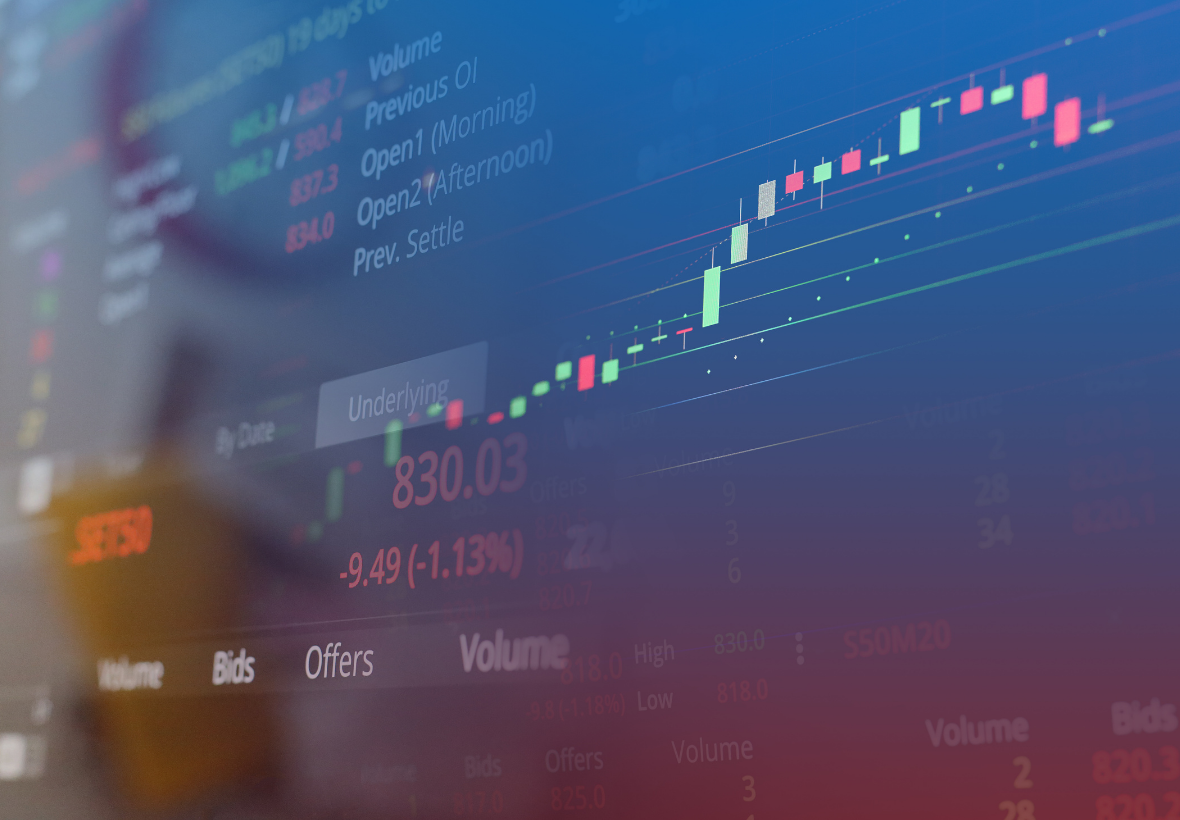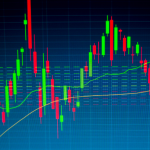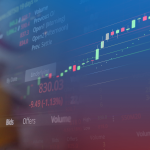In today’s fast-paced financial markets, traders are constantly seeking ways to gain a competitive edge. Trading bots, also known as automated trading systems or algorithmic trading software, provide a solution by executing trades based on pre-defined rules and algorithms. These bots are capable of analyzing vast amounts of data and making lightning-fast decisions, enabling traders to capitalize on market opportunities with precision and efficiency.
Realization Trading Bots
Trading bots are software programs that interact with financial exchanges to place orders and execute trades automatically. They are designed to follow predefined trading strategies, which can range from simple to highly complex algorithms. These bots can monitor market conditions, analyze price movements, and execute trades without human intervention. By automating the trading process, traders can eliminate emotional biases and take advantage of opportunities that arise in the market 24/7.
Benefits of Using a Trading Bot
Using a trading bot offers several advantages for traders:
- Increased Efficiency: Trading bots can execute trades faster than humans, enabling you to take advantage of time-sensitive opportunities.
- 24/7 Market Monitoring: Bots can continuously monitor the market, even when you’re not available, ensuring you don’t miss out on profitable trades.
- Emotion-Free Trading: Bots trade based on predefined rules, eliminating emotional decision-making and allowing for a disciplined approach to trading.
- Backtesting and Strategy Optimization: Many trading bots offer backtesting capabilities, allowing you to test your strategies on historical data and optimize them for better performance.
- Diversification: Bots can handle multiple trading pairs and strategies simultaneously, enabling you to diversify your portfolio and spread your risk.
Factors to Consider Before Getting a Trading Bot
Before diving into the world of trading bots, it’s essential to consider the following factors:
- Risk Tolerance: Understand your risk tolerance and ensure the trading bot aligns with your risk profile.
- Budget: Determine your budget for acquiring and operating a trading bot, including any subscription fees or exchange fees.
- Trading Strategy: Define your trading strategy and identify the specific features and functionalities you require in a trading bot.
- Security: Ensure the trading bot platform has robust security measures in place to protect your funds and personal information.
- User-Friendliness: Consider the ease of use and user interface of the trading bot platform, especially if you’re a beginner.
Types of Trading Bots
There are various types of trading bots available in the market, including:
- Trend-Following Bots: These bots analyze historical price trends and execute trades in the direction of the prevailing trend.
- Arbitrage Bots: Arbitrage bots exploit price discrepancies between different exchanges to generate profits.
- Mean Reversion Bots: These bots capitalize on the concept that prices tend to revert to their mean over time.
- Scalping Bots: Scalping bots aim to profit from small price differentials by executing a large number of trades quickly.
- Market-Making Bots: Market-making bots provide liquidity to the market by placing both buy and sell orders.
Popular Trading Bot Platforms
When selecting a trading bot, consider these popular platforms:
- 1. XYZ Trading Bot: A comprehensive platform offering a wide range of trading strategies and customization options.
- 2. ABC Trading Bot: An intuitive and beginner-friendly platform that is known for its user-friendly interface.
- 3. DEF Trading Bot: A platform designed for advanced traders, providing advanced analytics and customizable indicators.
Choosing the Right Trading Bot for You
To choose the right trading bot for your needs, consider the following:
- Strategy Compatibility: Ensure that the bot supports the trading strategy you wish to implement.
- Supported Exchanges: Check if the bot is compatible with the exchanges you plan to trade on.
- Customization Options: Look for a bot that offers flexibility and customization options to tailor it to your specific requirements.
- Community and Support: Research the bot’s community and support channels to ensure prompt assistance when needed.
- Performance and Reputation: Read reviews and testimonials to gauge the bot’s performance and reputation in the market.
Setting Up Your Trading Bot
Once you have selected a trading bot, follow these steps to set it up:
- Create an account on the trading bot platform.
- Connect your preferred exchange(s) to the bot.
- Configure the bot settings, including your trading strategy, risk parameters, and desired trading pairs.
- Test the bot’s functionality using a demo or paper trading mode.
- Start the bot and monitor its performance closely in the initial stages.
Optimizing Your Trading Strategy with a Bot
To maximize the effectiveness of your trading bot, consider these optimization techniques:
- Backtesting: Test your trading strategy on historical data to assess its performance and make improvements.
- Parameter Optimization: Fine-tune the bot’s parameters, such as stop-loss levels and take-profit targets, to align with market conditions.
- Market Analysis: Continuously monitor market trends and adjust your trading strategy accordingly.
- Regular Updates: Stay updated with the latest features and updates provided by the trading bot platform.
Risk Management with Trading Bots
While trading bots offer numerous advantages, it’s crucial to implement proper risk management strategies:
- Set Realistic Expectations: Understand that trading bots do not guarantee profits and losses are also possible.
- Allocate Proper Capital: Determine the appropriate capital allocation for your trading bot to minimize the impact of potential losses.
- Implement Stop-Loss Orders: Set stop-loss orders to limit your downside risk and protect your capital.
- Regularly Monitor Performance: Continuously monitor the performance of your trading bot and be prepared to intervene if necessary.
Monitoring and Adjusting Your Bot
To ensure optimal performance, monitor and adjust your trading bot regularly:
- Monitor Market Conditions: Keep track of market trends, news events, and other factors that may impact your trading strategy.
- Analyze Performance Metrics: Review key performance metrics such as profitability, win rate, and drawdown to assess the bot’s effectiveness.
- Make Necessary Adjustments: Modify the bot’s parameters or switch to a different trading strategy if the current approach is not yielding desired results.
The Future of Trading Bots
The future of trading bots looks promising, with advancements in artificial intelligence and machine learning. We can expect more sophisticated bots capable of adapting to changing market conditions and providing enhanced trading strategies. As technology continues to evolve, trading bots are likely to become an integral part of every trader’s toolkit.





